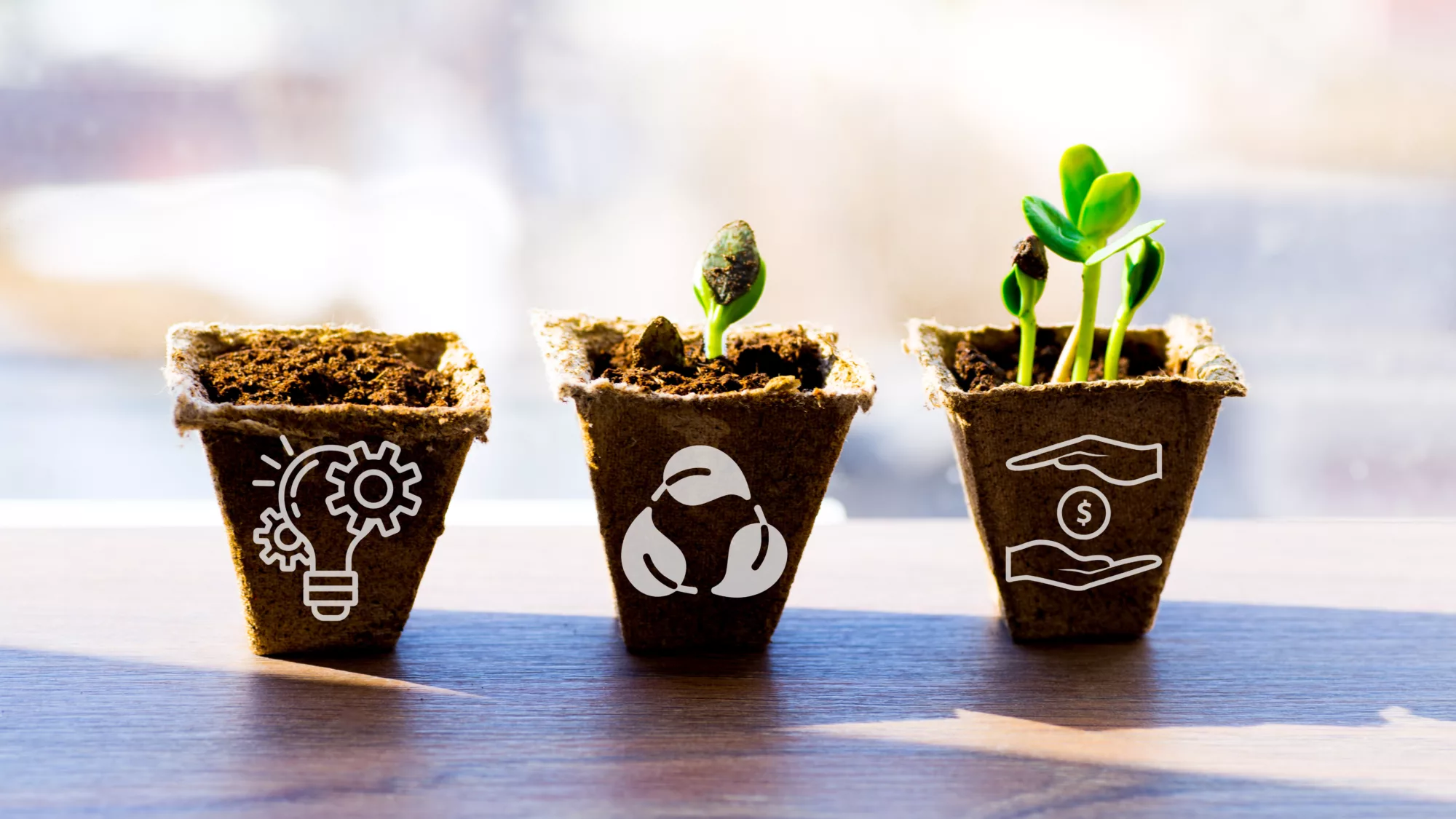Across centuries, human civilizations have developed remarkable ways to live in balance with nature. Long before the rise of modern environmental science, communities around the world used materials and methods that were inherently biodegradable. From the clay pots of ancient India to bamboo architecture in Asia and plant-based textiles in Africa, these cultural sustainability practices have inspired some of today’s most advanced biodegradable innovations. Understanding how traditional wisdom shapes modern green technology reveals that cultural knowledge isn’t just history — it’s a blueprint for a sustainable future.
Ancient Roots of Sustainability
Many ancient societies practiced sustainability not out of obligation, but as a way of life. They built homes, tools, and clothing from resources that naturally returned to the earth. Civilizations such as the Egyptians, Mayans, and Indus Valley people utilized materials like mud, wood, palm leaves, and stones — all of which decomposed naturally without harming the environment. Their waste management systems, crop rotation methods, and water conservation techniques reflected deep ecological intelligence. These practices laid the groundwork for what modern scientists now call “circular economy” principles.
Lessons from Indigenous Material Knowledge
Indigenous communities across the globe have maintained sustainable practices that directly inspire modern biodegradable technologies. For instance, Native American tribes used birchbark, animal hides, and plant fibers for tools and clothing — each designed to degrade naturally. Similarly, Australian Aboriginal peoples used eucalyptus bark and grass fibers to create shelters and mats that returned to the soil after use. Such traditions illustrate how biodegradable design was integral to survival and harmony with the ecosystem. Today, many eco-engineers study these ancestral methods to create modern solutions that mimic nature’s own cycles.
Asian Cultures and Plant-Based Materials
In many Asian cultures, sustainability was intertwined with spirituality and daily living. Japan’s wabi-sabi philosophy values simplicity and the natural aging of materials, leading to the use of wood, bamboo, and paper in architecture. In India, banana leaves and clay pots were traditionally used for serving food — both biodegradable and hygienic. China’s extensive use of bamboo for construction, utensils, and textiles demonstrates the versatility of renewable materials. These practices have inspired the development of modern bamboo-based products, such as biodegradable cutlery, toothbrushes, and packaging materials.
African Practices in Eco-Craftsmanship
African societies have long showcased innovation in biodegradable craftsmanship. From Ghanaian calabash bowls to Rwandan woven baskets made from sisal and palm leaves, African artisans mastered the art of using renewable plant materials. These designs have not only endured but have also influenced global sustainable fashion and design industries. Modern companies now replicate such biodegradable craftsmanship in eco-friendly bags, furniture, and textiles. By combining cultural artistry with science, African traditions continue to shape global sustainability movements.
European Folk Traditions and Natural Materials
Before industrialization, European villages thrived on natural materials. Peasant communities in Scandinavia built homes using sod roofs and timber walls that insulated naturally and decomposed harmlessly. In Mediterranean regions, terracotta and lime plaster were common building materials — both biodegradable and durable. These traditional designs have recently resurfaced in the form of green architecture and sustainable housing models. Eco-builders now experiment with natural plasters, hempcrete, and earthen materials inspired by old European craftsmanship.
Bridging Ancient Wisdom and Modern Science
Today’s environmental scientists and material engineers increasingly turn to cultural practices for inspiration. The concept of biomimicry — designing materials based on nature’s models — has its roots in traditional wisdom. By studying how indigenous communities managed resources, scientists develop biodegradable plastics, algae-based packaging, and compostable fabrics. For example, the concept of mycelium (mushroom roots) as an eco-building material reflects ancient fungal uses in tribal homes. Similarly, the use of rice husks and banana fibers for modern biodegradable packaging takes cues from age-old agricultural reuse systems.
Table: Traditional Materials Inspiring Modern Biodegradable Innovations
| Traditional Material | Cultural Origin | Modern Biodegradable Innovation |
|---|---|---|
| Bamboo | East and South Asia | Biodegradable utensils, packaging, and textiles |
| Clay and Terracotta | Mediterranean & South Asia | Natural cooling systems, sustainable bricks |
| Calabash & Palm Fiber | Africa | Eco-friendly home décor, reusable containers |
| Banana Leaves | India, Southeast Asia | Compostable plates and food packaging |
| Mycelium (fungus roots) | Indigenous Europe & North America | Biodegradable building blocks and foam alternatives |
Sustainable Architecture: Learning from the Past
Traditional building styles were designed to integrate seamlessly with the environment. Adobe houses, thatched roofs, and bamboo structures were biodegradable and climate-responsive. Modern architects now draw inspiration from these methods to develop eco-homes that reduce carbon footprints. Technologies like rammed-earth walls and natural insulation mirror ancient building logic — proving that sustainability doesn’t always require new inventions, but a revival of old wisdom.
Modern Fashion and Textile Revolution
Cultural textile traditions are also guiding the creation of biodegradable fashion. Indian khadi, African raffia, and Japanese hemp fabrics are now being reintroduced as alternatives to synthetic materials. Modern designers combine cultural authenticity with biodegradable innovation — producing clothes made from organic cotton, banana fibers, and algae-based dyes. This blend of heritage and technology supports both sustainability and cultural preservation.
Global Movement Toward Cultural Eco-Design
The global sustainability movement increasingly acknowledges the importance of cultural diversity in solving environmental challenges. Communities that once relied solely on biodegradable materials now serve as living laboratories for eco-research. Educational programs, museums, and design schools worldwide promote the study of cultural sustainability as a key to developing eco-friendly technologies. By merging modern science with ancestral wisdom, humanity can build a greener, more respectful relationship with the Earth.
FAQs
1. How have ancient cultural practices influenced modern biodegradable technology?
Ancient practices taught modern scientists how to use natural materials efficiently. For instance, bamboo and clay use in Asian architecture inspired sustainable product design and green construction methods today.
2. Why are biodegradable materials important for environmental sustainability?
They decompose naturally without polluting the environment, reducing waste and conserving resources — a principle deeply rooted in traditional living.
3. What modern industries are benefiting most from traditional biodegradable methods?
Industries like packaging, fashion, architecture, and home design are integrating traditional materials such as bamboo, hemp, and mycelium to create biodegradable and eco-conscious alternatives.



